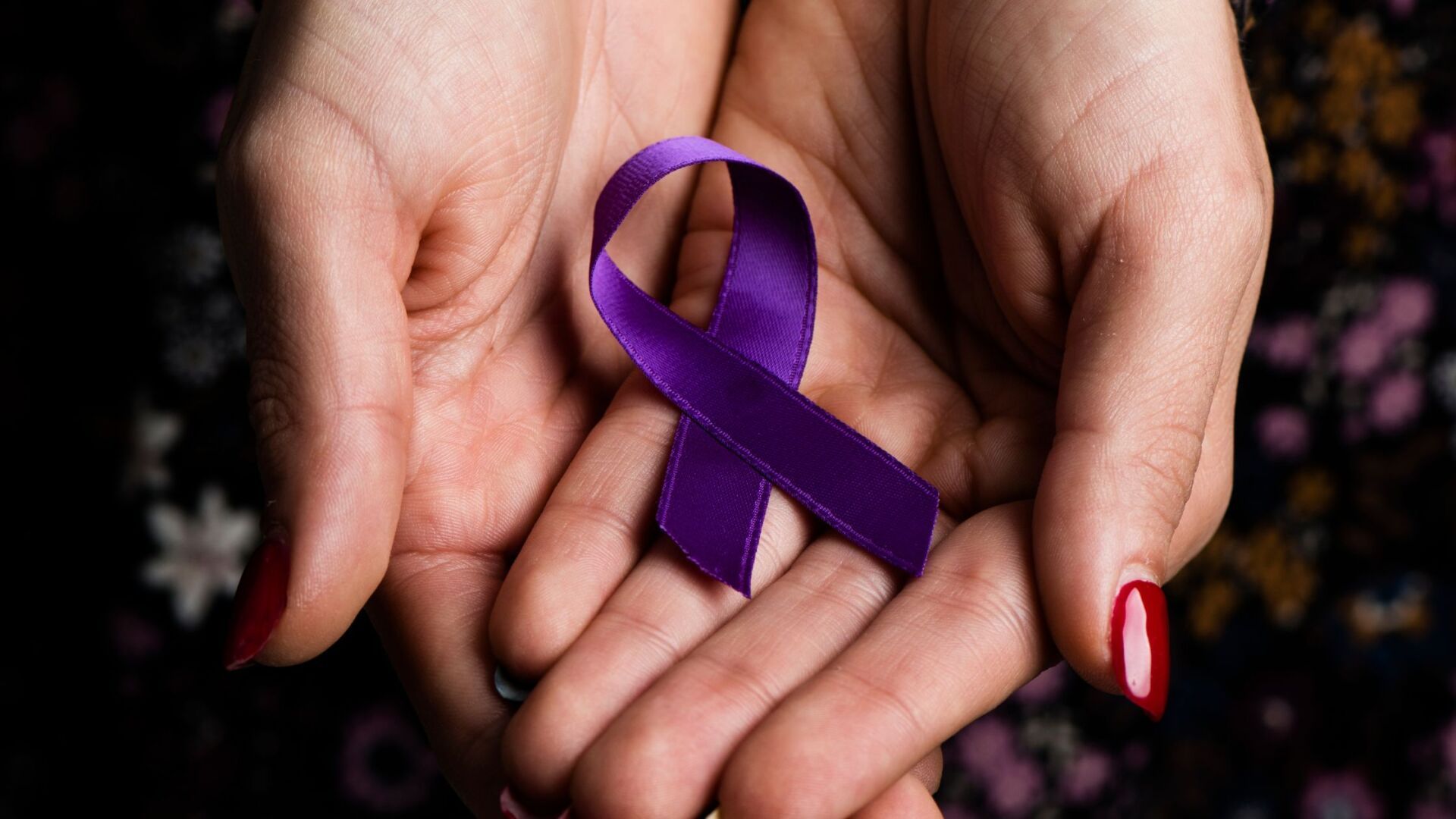Aurokin Ad Katok Ajri Ro Nejid Kon Sex
Hannah Cheung, translated by Janerose Ralpho
Aurokin katok kon sex
Elon parent ro rej mijak in katakin ajri ro nejir kon sex im rejjab lukkin jela jonan eo kab jete yio ekkar nan kenono kon menin. (1). Ekkar bwe parents ro ren kenono kin sex nan ajiri ro bwe rejela kilen kwalok kin menin ilo juon time sensitive im rejela eoron ir. (2)
Botaab, research ej kwalok ne edrik am kenono ibben ajiri eo nejim renij jinon aer jab konaan katok im ikdeelel kin topic in sex. (3). Koba lak, parent ro rej mijak in kenono nan ajiri ro nejir kin sex kinke rej ba edrik aer jela ikijen sex, ejjab ekkar, kab jet communication issues. (4). Parents rej bar kwalok jet būrabōḷōm ikijen katakin kin sex rej tomak ilo aer konono kin sex nan ajiri ro nejir aniwot k rej lelak melim nan ir e im kinke rej struggle nan kwalok kon abstinence. (5)
Bareniwot, sex education ilo United States rej kijoor focus ion bōrọro im nainmej eniwot sexually transmitted disease prevention ejjelokin aer focus ion sexual health, ekoba topics eniwot healthy relationships, sexual pleasure, im skill ko nan katoprak menin kein ruo. (6) Ilo juon survey nan boea, kajjitok ko eke ad lo rej center ilo sexual interaction, im lomak ko aer ikijen sexual intercourse (koman nana), jimjera, masturbation, im pornography (7).
Etke ijam katokin ajiri ro neju kin sex?
Ilo an parents ro nej konono kin menin naij kadriklok jabdrewot nainmej/joraan ko emaron walok kinke sexual health ko emaron bobrae ki ir ilo aer rūttoḷọk (8). Kil eo emmantata nan koutiej sexual health nan ajiri ej kake juon jikin eo ejokane nan aer maron in bok sexual growth bareniwot bōbrae case in sexual abuse (kakkure) (9).
Juon jikin eo ej ejokane ikijen sexuality im bwebwenato kon sexual topic nej kake sexual health ilo jeklaj. Sex communication ibben kora eo jinen ajiri eo naj komman menin “eban bin kenono ibben partner eo aer kon sexual topics” (10)
Ilo ad lomank kon aelop benefits kein, kajjitok eo in:
Elemen ao kenono nan ajiri ro neju kon sex?
Kobellok juon communication ilo am uwaak kajjitok ko aer
Lajdrik in jerbal an juon parent nan ajri eo nejin sexual socialization nej kareel sexual health nan boea im jaodrikdrik. Topics kein nej katakin ajiri rein koman aer pepe ikijen sexuality ko aer. Average in numba katton nan parent kake melele kon sexual education ej juon ak ruo katton.
Juon part elap tokjen ilo ad kake juon sexual education nan ajri eo nejid ekoba komman bwe konono kon sex k eniwot kajjitok ko jet ajiri eo nejum ej kajjitok ibbam. En peran am uwaak bwe en kwalok k sex juon topic eo ekkar nan aer kajjitok kake. Elon jet wawein am nej jinon bwebwenato kon sex:
- Ilo elementary im middle jikuul, lelak juon book kon anatomy im puberty im katalok aer make etale.
- Check in ibbeir im lale ejet aer im ro mottair bed ilo jikin jikuul. Kajjitok ejet aer lomnak ikijen ro mottair, im jiban tol ir ilo jabdrewot būrabōḷōm rej iooni.
- Ilo aer rūttoḷọk, kajjitok ibbeir kon crushes, ro rej date, kab kon jimjera ko aer. Kajjitok elemen aer jela naat eo renij bojak nan sex (komman nana), koba eddro ko nej tok ibben (bōbrae bōrọro im STDs).
Kojerbale anatomically et ro rekkar nan part in enbwinim
Parent rejjab kijoor uwaak kajjitok ko an ajiri ro, im jet ien kinke tomak ko aer make (11). Ilo juon study ekar koman ilo 2011, rekar lo k jinen juon ajiri rejjab kijor kojerbal anatomical terms nan part ko an kora ibben ajiri ro im renij kojerbal naan eniwot “weenie” ak “coochie”
Enij koman menin an ajiri eo nejum jaimmenene in kojerbale anatomical term ko rekkar im evidence-based education enij jiban jaodrikdrik koman wanik, ejimwe, im elap jela kake kon jimjera eo ewanik, sexual activity, im reproductive health (12).
Ien eo ajiri ro nej jinon katok kenono, komaron katakin ir et nan part in enbwinir. Ien eo renij bed ibben bar jet ajiri, jinon katakin ir kilen kautiej ro jet im kenono kin ta eo rej enjake. Enij likit juon groundwork nan jimjera eo ewanik im boundaries nan jaklej.
Kapilōk nan uwaak kajjitok ko aer
- Jab kijoor in illu ne rej kajjitok ibbam. Komaron ba: “Komaron k jiron io ta kojela kon menin” ak “Ta eo emoj am ron kon menin?”
- Komman bwe uwaak ko am ren kadu im pidodo, im kamelelekir kon naan ko jet ajiri rejainin jela kake.
- Elikin am uwaak, Etal ot ilo am kenono ibbeir. Komaron ba “Elon am bar kajjitok kon menin?”
- Lale ne rej melele. Elikin am uwaak juon aer kajjitok, komaron kajjitok “Uwaak e kajjitok eo am?” ak “Ejet am lomnak?”
- Ne kojjab jela uwaak nan kajjitok eo am, komaron kabok uwaak eo online ibben ako kwe make. Komaron ba, “Imonono bwe kwar kajjitok ibba. Ijjab jela kilen ao kameleleki uwaak ne, Kejro lale online!”
Kememej, ej eman ot ne enij bin nan kwe ak ne kwe im ajiri eo nejim nej jook. Kajonin tarinae jen am jook. Enij elap tokjen nan kwe im ajiri eo nejim. Koba, ne elap am katok ilo am uwaak kajjitok ko rebin, konij lo an bidrorolak.
References:
- Hyewon Shin, Jung Min Lee, & Ji Young Min. (2019). Sexual Knowledge, Sexual Attitudes, and Perceptions and Actualities of Sex Education among Elementary School Parents. Child Health Nursing Research, 25(3), 312–323 Jang HJ. Effects of sex education programs for preschool parents [master's thesis]. Seoul: Hanyang University; 2016. p. 1-74.
- Krauss, B. J., & Miller, K. S. (2012). Parents as HIV/AIDS educators. In W. Pequegnat & C. C. Bell (Eds.), Family and HIV/AIDS: Cultural and contextual issues in prevention and treatment (pp. 97–120). New York, NY: Springer
- Afifi, T. D., Joseph, A., & Aldeis, D. (2008). Why can’t we just talk about it? An observational study of parents ’and adolescents ’conversations about sex. Journal of Adolescent Research, 23(6), 689–721
- Jerman, P., & Constantine, N. A. (2010). Demographic and psychological predictors of parent-adolescent communication about sex: A representative statewide analysis. Journal of Youth and Adolescence, 39, 1164–1174.
- Aronowitz, T., & Agbeshie, E. (2012). Nature of communication: Voices of 11–14-year-old African-American girls and their mothers in regard to talking about sex. Issues in Comprehensive Pediatric Nursing, 35 (2), 75–89
- Kantor, L. M., & Lindberg, L. (2020). Pleasure and Sex Education: The Need for Broadening Both Content and Measurement. American Journal of Public Health, 110(2), 145–148.
- Bauer, M., Hämmerli, S., & Leeners, B. (2020). Unmet Needs in Sex Education—What Adolescents Aim to Understand About Sexuality of the Other Sex. Journal of Adolescent Health, 67(2), 245–252.
- Aboksari, Z.B., Ganji, J., Mousavinasab, N., Rezaei, M., Khani, S., (2020). A review study on educational interventions promoting sexual health of children under 12 years. Journal of Pediatrics Review 107-199.
- Foshay, J. E., & O’Sullivan, L. F. (2020). Home-based sex communication, school coverage of sex, and problems in sexual functioning among adolescents. Canadian Journal of Human Sexuality, 29(1), 25–31.
- Hutchinson, M. K., & Montgomery, A. J. (2007). Parent communication and sexual risk among African Americans. Western Journal of Nursing Research, 29(6), 691–707.
- Martin, K. A.; Verduzco-Baker, L.; Torres, J & Luke, K. (2011). “Privates, pee-pees, and coochies. gender and genital labeling for/with young children.” Feminism and Psychology, 21 (3). 420–430.
- Breuner, C. C., & Mattson, G. (2016). Sexuality Education for Children and Adolescents. American Academy of Pediatrics.
Additional resources:
Books to teach kids about sex:
- Ages 4-8: “Where did I Come From? The Facts of Life without any Nonsense” by Peter Mayle
- Ages 4-8: “Amazing You! Getting Smart about your Private Parts” by Gail Saltz
- Ages 4-10: “What’s the Big Secret?: Talking about Sex with Girls and Boys” by Laurie Krasny Brown and Marc Brown
- Ages 9-12: “It’s Perfectly Normal: Changing Bodies, Growing Up, Sex, and Sexual Health” by Robie H Harris and Michael Emberley
- Ages 6-12: “It’s So Amazing! A Book about Eggs, Sperm, Birth, Babies, and Families” by Robie H Harris and Michael Emberley
Resources for parents:
- “Talking to Your Kids About Sex: turning ‘the talk’ into a conversation for life” by Dr. Laura Berman
- “Sex Positive Talks to Have with Kids” by Melissa Pintor Carnagey
- “Talking to Your Kids About Sex: How to Have a Lifetime of Age-Appropriate Conversations with your Children About Healthy Sexuality” by Mark Laaser
- “The Focus on the Family Guide to Talking with Your Kids about Sex: Honest Answers for Every Age” by Baker Publishing Group
- “A Chicken’s Guide to Talking Turkey with Your Kids About Sex” by Kevin Leman and Kathy Flores Bell
Share this post







